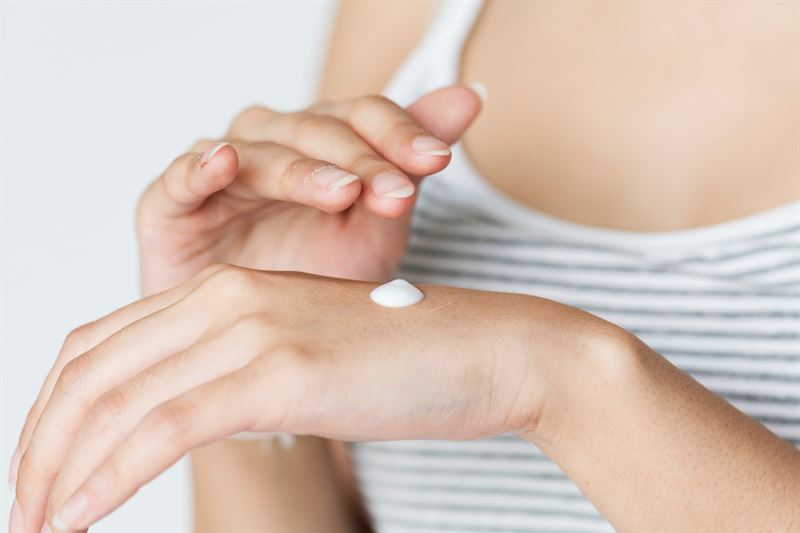RISE and L'Oreal Research and Innovation has developed a new method to study penetration of compounds into the skin

When developing cosmetic products, it is important to know if compounds penetrate into the skin and, if so, where they end up inside the skin. The challenge with existing methods is to distinguish the cosmetic ingredients from the natural (and often similar) compounds that the skin is made of, and to determine exactly where they localize within the different structures of the skin.
In an innovative approach, the RISE and L'Oreal Research teams combined advanced technologies to investigate how substances applied onto the skin can penetrate the skin's barrier by, both, quantifying the concentration of the substance in three of the main skin layers: stratum corneum, underlying epidermis and dermis, and then visualizing its detailed localisation in skin cross sections using a type of chemical microscope.
“We have analyzed skin cross-sections by a method called ToF-SIMS. This allows us to get pictures for each applied substance within the skin, showing the distribution of the different chemical compounds. We can see how far a substance penetrates into the skin, where it ends up, and whether it binds to any particular structure inside the skin " says Peter Sjövall, RISE researcher and coauthor of the article.
Additionally, this approach allows to simultaneously follow the natural constituents of the skin such as ceramides, which are known to play a major role in the skin barrier function.
“When it comes to cosmetic product development, it is necessary to control precisely the localization of active compounds in the upper skin layers and how it interact with endogenous structures” says Gustavo S. Luengo , L’Oréal researcher and coauthor of the article.
This new approach can be applied to the study of dermatological or transdermal substances susceptible to reach the deepest layers of the skin. For the first time we can, on a single skin sample, get information on the substance concentration, localization and cellular interactions.
"In a broader perspective, it is interesting for anyone involved in skin research and topically applied products such as pharmaceuticals, to see if and how components penetrate," says Lisa Skedung, RISE researcher and coauthor of the article.
The study is published in the journal Scientific Reports, entitled "Imaging the distribution of skin lipids and topically applied compounds in human skin using mass spectrometry."
For further information, please contact:
Peter Sjövall: +46 10 516 52 99, peter.sjovall@ri.se
Lisa Skedung: +46 10 516 60 16, lisa.skedung@ri.se


